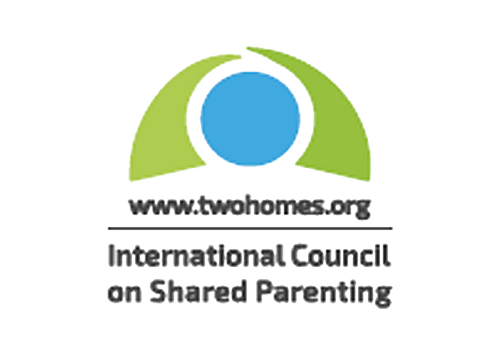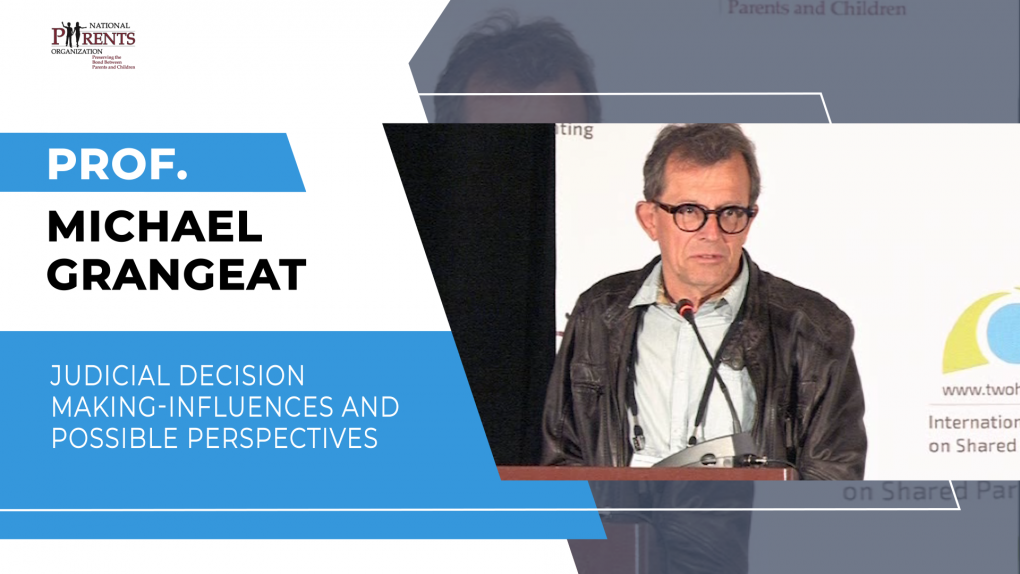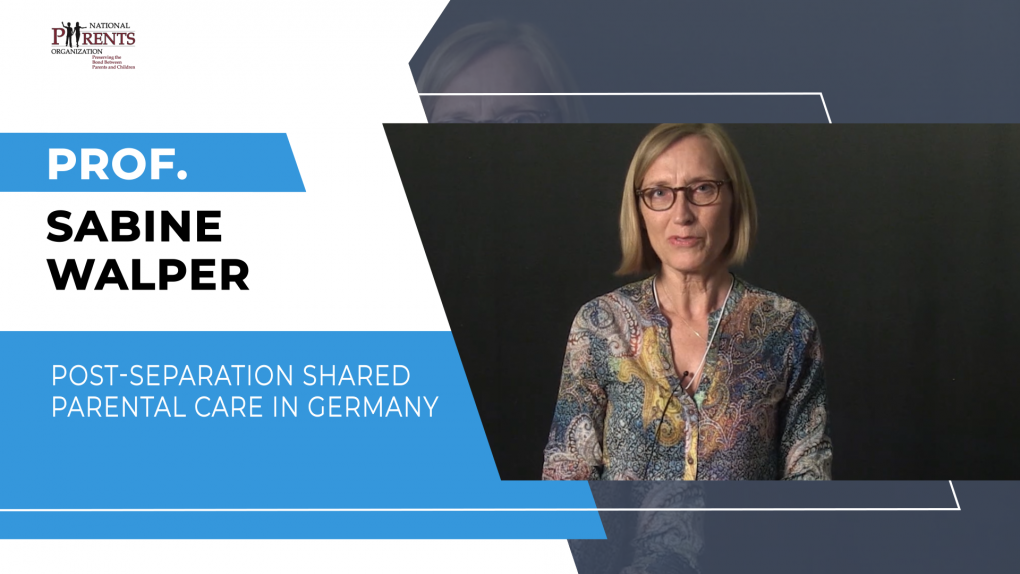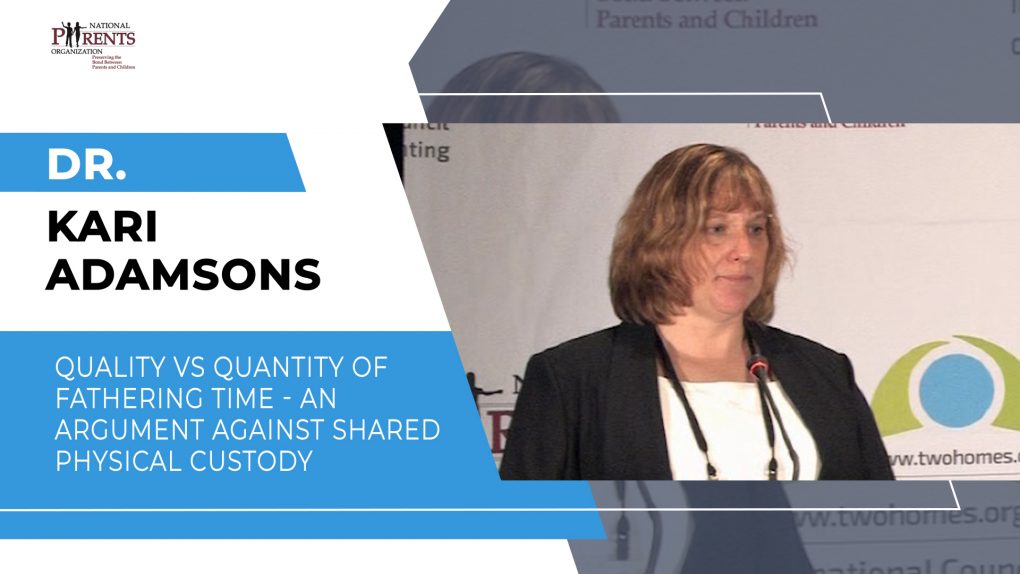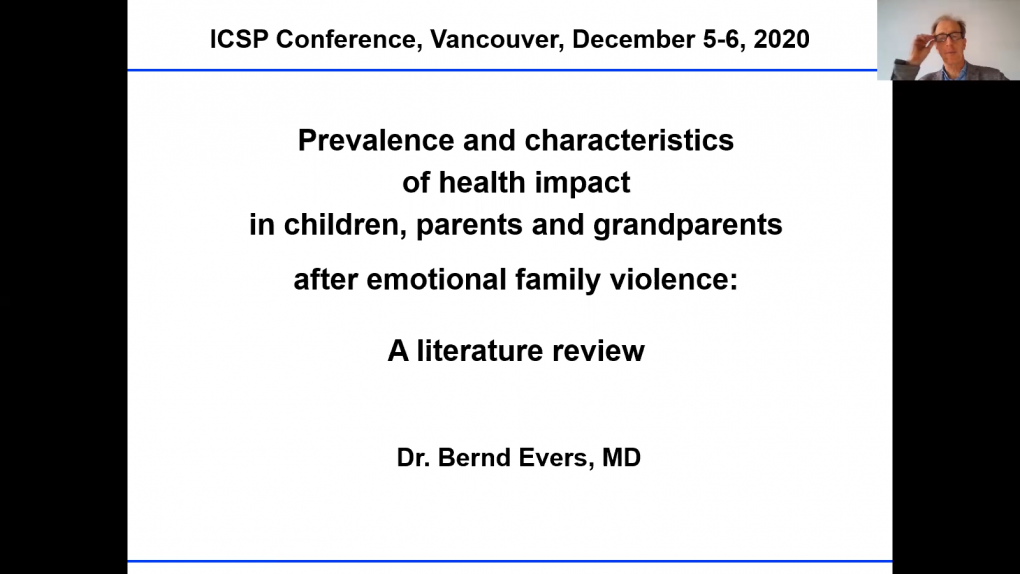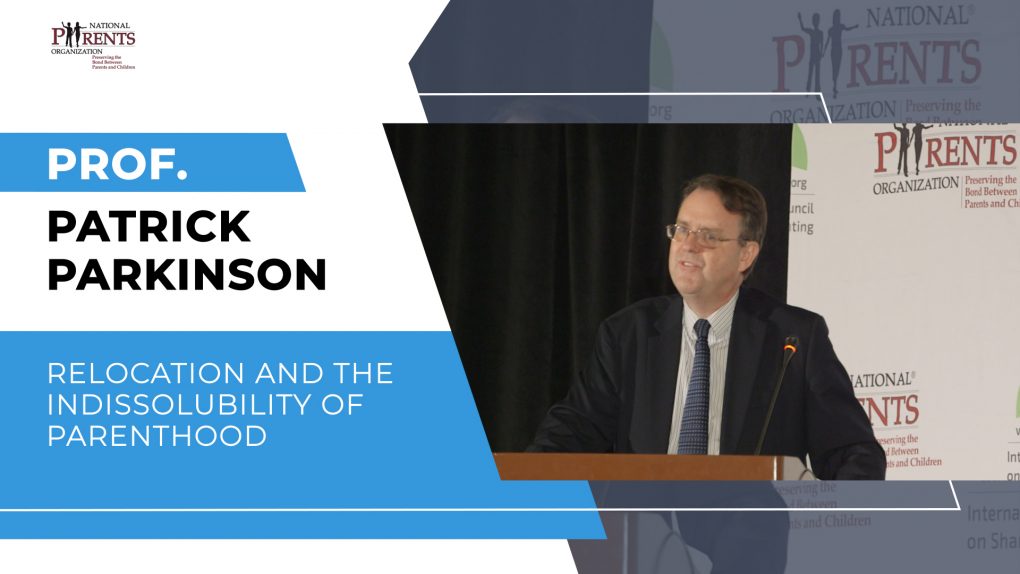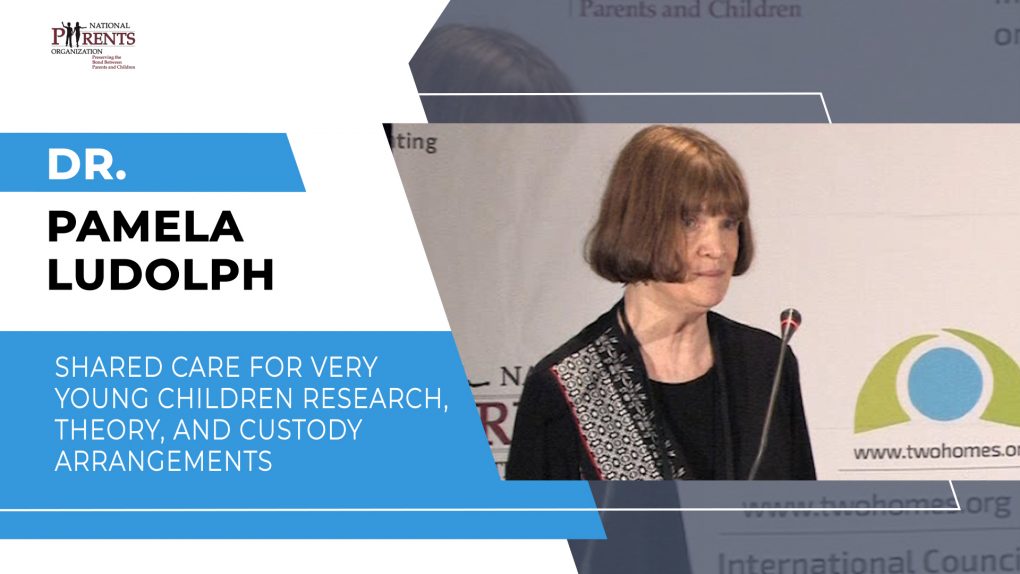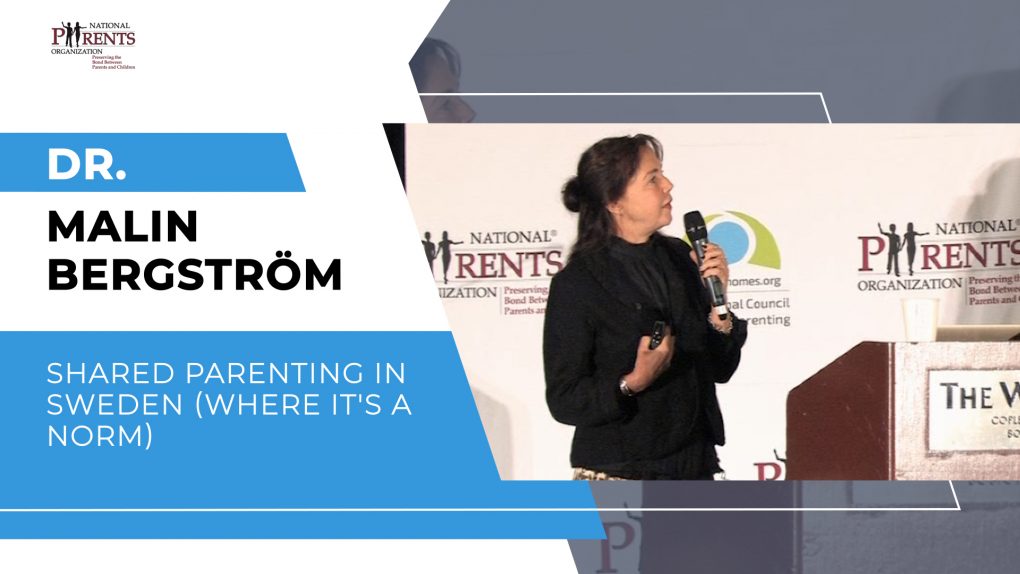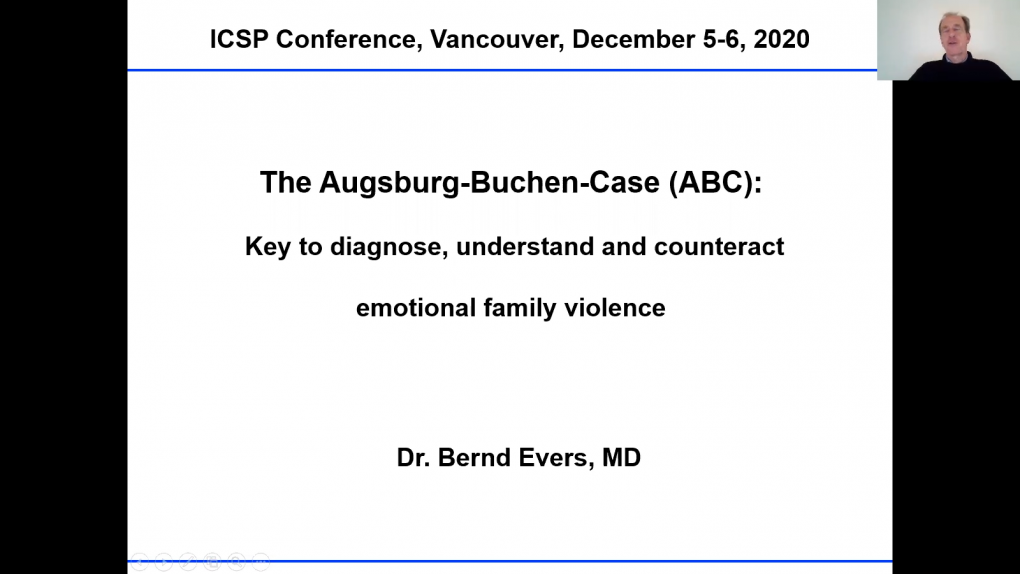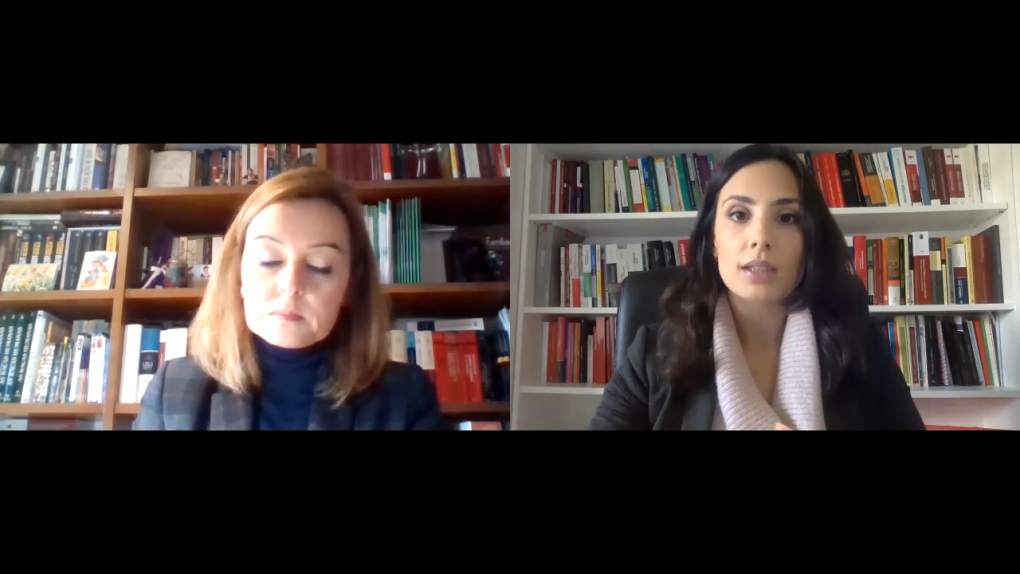Numerous research results demonstrated that judicial decision making is deeply influenced by factors that are exogenous with regard of the judged case. A seminal study by Englich, Mussweiler and Strack (2006) shown that judges’ decisions are influenced by external factors.
Post-separation shared parental care in Germany
Compared to other European countries, there is a lack of information about post-separation parenting arrangements in Germany.
Quality vs. quantity of fathering time: An argument against shared physical custody
What does my meta-analysis (and Amato and Keith’s meta-analysis) tell us about the importance of father contact and how do both of those meta-analyses “translate” into a position that supports shared physical custody after parents separate? Should my meta-analysis (and Amato’s) be used as evidence against shared physical custody by claiming that fathers can create and maintain high quality relationships throughout the many years of their children’s childhood with slices and dices of parenting time on weekends and vacations? Do my findings support the idea that kids benefit from overnights and extended stays during the school week vs. weekends with their dads?
Prevalence and Characteristics in Children, Parents and Grandparents After Emotional Family Violence: A Meta-Analytical Approach
Relevance of the Topic – Current Situation – Challenge – Purpose of the Study: As consequence of separation and divorce, the annual rate of affected children in Germany is calculated as to be as high as 160.000-200.000. Various German and international studies revealed a percentage of up to 70%, in which children lost one parent either substantially or totally, associated with a significant psychosomatic morbidity rate comparable with the one after death of a parent, most recently been reported by Meland et al. (2019). As of now, all over Germany a very heterogeneous procedure after separation and divorce concerning all involved actors led to very heterogeneous outcomes especially with focus on the children´s way ahead, while the role of emotional family violence has only sporadically been investigated. Therefore, the purpose of the presented meta-analysis was to provide an update on studies focusing on the health status of children, but also of parents and grand-parents exposed to emotional family violence to estimate the overall relevance and develop strategies to better prevention, diagnosis and treatment. Material/Methods: All world-wide published (1970-2020) and listed larger studies focusing on morbidity after child abuse with special focus on emotional family violence were screened and assessed with special focus on prevalence and characteristics of psycho-somatic symptoms and prognostic factors. A limited number of studies with appropriate study groups sizes and study designs was found at least covering the morbidity situation in children, why the number of studies on parents and grand-parents was extremely limited. Results: A considerably high prevalence was found in all studies primarily consisting of depressions, inferior self-awareness, eating disorders, cognitive deficits and diminished stress tolerance. Also, the social behaviour was considerably impaired including increased aggression with up to criminal activities, Also, patterns of reinsceneration of own childhood biography of emotional family violence was frequently reported. Conclusion: Exposure to emotional family violence clearly leads to a higher prevalence of psycho-somatic symptoms in children. The study situation on the health status of parents and grand-parents is very limited, however also shows significant symptoms resembling the portfolio of symptoms reported in children. In many cases the work strength is considerably limited up to early retirement due to constant high stress levels. The health-related burden to the overall society including also the socio-economic consequences are assessed to be highly relevant. However, larger studies are required to obtain further details of this highly relevant topic.
Relocation and the indissolubility of parenthood
Relocation disputes are the San Andreas Fault of family law. They reflect the tension between the freedom of people as adults to leave a relationship and begin a new life for themselves, and the harsh reality that while marriages (and other relationships) may be dissoluble, parenthood is not. Children usually benefit from a close and continuing relationship with a non-resident parent who loves them and wants to be involved in their lives. Maintaining that connection, if one parent moves a long way from the other is difficult.
This paper is based upon the findings of a five-year prospective longitudinal study of relocation disputes in Australia, involving 80 parents and 33 children. It is argued that decision-making in relocation cases must be resolutely child-centered. It cannot be based upon adults’ rights. The adjudication of relocation disputes should involve asking three fundamental questions. First, how close is the relationship between the non-resident parent and the child and how important is that relationship developmentally to the child? Second, if the relocation is to be permitted, how viable are the proposals for contact with the non-resident parent? Third, if the relationship between the child and the non-resident parent is developmentally important to the child and is likely to be diminished if the move is allowed, then a) what are the viable alternatives to the parents living a long distance apart? b) is a move with the primary caregiver the least detrimental alternative?
Shared care for very young children: Research, theory, and custody arrangements
Shared care for infants, toddlers, and preschoolers raises heated debates, and presents challenges in creating parenting plans. Traditional custody arrangements have restricted the father’s time with young children based on attachment theory, as construed by John Bowlby in the 1950’s and 1960’s.The theory warned against separating young children from their mothers for fear of undermining a secure attachment which would, in turn, have long-lasting effects on the child. According to subsequent research by Lamb and others, however, babies form attachments to both parents. Both mothers and fathers play unique and critical roles in the earliest years of their child’s development. In addition, the recent work of attachment researchers has shown that the link between early childhood attachment to mothers and children’s future outcomes is weak and inconsistent. At present there is little evidence for setting limits on children’s overnight parenting time with their fathers. The few studies available are not methodologically sound. Nor is there an empirical basis for checklists such as CODIT (“Charting Overnight Decisions for Infants and Toddlers”), which has recently emerged as a list of children’s behaviors and family circumstances that purportedly determine whether overnighting is appropriate for particular families. Checklists such as CODIT—which is currently posted on Oregon’s family court website— should not be used as guidelines for creating custody plans. Suggestions are offered for parenting plans for very young children based on available research and advice in the literature, as well as the experience of a forensic psychologist and clinician.
Shared parenting and parental alienation: current state and future directions for research
The intersection of shared parenting and parental alienation is a vital issue for social science research, as it has long been argued that parental alienation flourishes in situations where one parent has exclusive care and control of children, and primary residence of children is often granted to parents with serious psychological problems who mount the stronger case in the adversarial arena (McMurray and Blackmore, 1992; Kruk, 2013). Yet according to Saini et al (2016), there are still relatively few high-quality studies of parental alienation, and the alienation phenomenon remain a hypothesis in need of further empirical testing.
This presentation will examine the current state of research on parental alienation, arguing that research advances over the past two years allow us to conclude that parental alienation is far more common and debilitating, for both children and parents, than previously believed. I will argue that given the social science consensus on the reality of parental alienation, the need for research on the effectiveness of different approaches to parental alienation reunification is urgently needed, as reunification programs are rapidly being developed in response to the increasing professional recognition of parental alienation and the corresponding demand for reunification programs. A case will be made for the need for both quantitative research from the perspective of children and parents themselves and qualitative research utilizing a “simulated client” data gathering technique. The presentation will conclude with a summary of the current state of knowledge on parental alienation, and specific recommendations for the study of reunification programs.
Shared parenting in Sweden (Where it’s a norm)
Malin Bergström – Sweden. Prof. Bergström is with the renowned Karolinska Institute, and possesses a unique research database due to the fact that shared parenting is the norm in Sweden. She is a clinical child psychologist with 20 years experience of clinical experience. Malin has written several books about child development, attachment theory and parenting. Her research focuses on children’s health and welfare in shared parenting arrangements. After having conducted mainly epidemiological studies on schoolaged children and adolescents, she is now studying preschool children and infants in shared parenting settings, and conducting longitudinal studies on children in different family types.
Health and wellbeing in Swedish 3-18 year olds in equal shared parenting arrangements. Equal shared parenting arrangements are common in the Nordic countries and the practice is further increasing. Our latest data collections imply that this is now the norm among separating parents. Since 2011 we have studied health and wellbeing in children in shared and single parenting arrangements and are now focusing on preschoolers. In our studies, children in shared parenting have been shown to have better health and wellbeing than those in single care arrangements. In this presentation, I will discuss these findings in relation to the Swedish norms on parent gender equity and whether our results can be generalized to children in other countries. In particular, our new findings on health and wellbeing among 3- 5-year-olds will be elaborated.
The Augsburg Buchen Case (ABC): Keys to Diagnose, Understand and Counteract Emotional Family Violence
Relevance of the Topic – Current Situation – Challenge – Purpose of the Study: As consequence of separation and divorce, the annual rate of affected children in Germany is calculated as to be as high as 160.000-200.000. Various German and international studies revealed a percentage of up to 70%, in which children lost one parent either substantially or totally, associated with a significant psychosomatic morbidity rate comparable with the one after death of a parent, most recently been reported by Meland et al. (2019). As of now, all over Germany a very heterogeneous procedure after separation and divorce concerning all involved actors led to very heterogeneous outcomes especially with focus on the children´s way ahead, while the role of emotional family violence has only sporadically been investigated. Therefore, the purpose of the presented case study has been to prospectively observe and analyze a couple`s separation and divorce particularly focusing on the well-being of the two involved elementary school-aged children. The case of highly different co-operating parents developed from a ready-to-go equiparental model situation into a move-away of the non-cooperating parent (nc-p) and subsequent disruption of both children out of their well-established center of life (provided by the cp) to an austere farm more than 250km part from one of the other days. Objective of the study was 1) to analyze the root causes of such a children`s disruption course, dominated by emotional child abuse focusing on the role and behavior of a) both parents as well as b) all involved professional key actors and develop necessary ways-out and 2) to apply and test an innovative semiqualitative scoring system for supporting the assessment of the actors and their interdependencies to ease the understanding of the situation and support the decision making process with special emphasis on emotional family violence. Material/Methods: The case study has been started in 2016 and has now been conducted for 43 months, including two different local systems in Augsburg and Buchen (pre and post move-away). Throughout this period the following aspects were monitored and analyzed: Role and behavior of parents (cp:co-operating parent versus n-cp: non-cooperating parent) in terms of willingness and capability to co-operate to find children-needs-based solutions as well as key aspects such as ability to foster the children`s development, children-parents relation, continuity and binding tolerance. Furthermore, the biographies of both parents were analyzed in terms of own experience and exposure to emotional and physical family violence. Role, behavior and focus of interest of key professional actors (both parties` lawyers, judges including district court und higher regional court, family consulting institutions as well as youth welfare office representatives, guardian ad litem, teachers etc.) in terms of competence (profession-focused knowledge with special focus on family violence, experience), engagement, availability, children focus, personal biographic background, conflict of interest (monetary or role-specific), communication style and willingness to come up with agreements and children-focused solutions. Furthermore, a rough multilateral cost calculation has been undertaken to illustrate the financial flow between the main actors. Results: The root cause of the escalating development from a ready-to-go for equiparental children`s care case to a move-away of the n-cp associated with the immediate disruption of the children out of their center of daily life with subsequent complete alienation of one and partial alienation of the other child can be clearly seen as a result of a complex-orchestrated combined behavior of all key actors. Key factors of the deterioration of the situation was a constant process of emotional family violence applied by the n-cp, based on a triad of blocking behaviour in terms of co-operation at the parent level, isolated decision of the n-cp in important decisions about the children without information to the cp and constant defamation of the cp along with constant manipulation of both kids covering the whole spectrum of emotional family violence including subtotal alienation of both kids. Further factors of relevance were constant fueling of the conflict by at least one lawyer, lacking competence, capability and willingness of the consulting actors as well as the youth welfare office representatives, significant conflict of interests and bias of the guardian ad litem, a decision of the local and the higher court neither applying the current national and international laws nor the well-established current scientific knowledge on children`s well-being, especially ignoring all signs of constant emotional family violence. The n-cp`s biography revealed a long history of emotional family violence. Significant interdependencies as well as total lacking transparency and control from outside significantly contributed to this unique escalating development. Some actors such as the n-cp and the guardian ad litem significantly benefitted from this development financially. The most striking take-away however was, that children`s support and protection was not available at any phase of the process at all.
The Role of Family Mediation in Parental Conflict: Cautions in the Contexts of Family Violence
Family mediation should be used as an alternative method of resolving disputes of a privileged nature in the area of family conflicts. These are endowed with emotional characteristics that make them more suitable to another context than the judicial forum, especially parental struggles. And, at the same time, they are of a human complexity that require a different analysis in the context of mediation. Not all family and/or parental conflicts will be susceptible to mediation, and the courts will maintain all its relevance. However, the advantages of a self-composition method are increasingly visible, in the search for a solution that responds to the interests and desires of those who, in the past, shared another dynamic, in an experience of proximity and intimacy. And, at the same time, need to continue to bond as co-parents. It is important to reiterate the idea that family mediation is not a perfect formula that will resolve all family disputes. It is a better place to address and settle some of these conflicts taking into consideration that the will of the parties works as a proposition. Naturally, the need for the judicial system in family matters is not at all overlooked or ignored. It is emphasized that for some of these conflicts there is a more appropriate alternative. If the disputants reach by themselves an agreement, it is only natural that they comply with it. As a result, although it is a friendly solution, it will be more binding than a decision imposed by a third party with the power to do so. Nevertheless, it is questionable whether a couple that went through episodes of violence could be eligible for family mediation. Can one feel completely free to expose his/her thoughts when there were episodes of physical and/or psychological violence in the relationship? At the same time, some argue that mediation can mend some fences and help restore self-confidence using different techniques such as empowerment. There is some obvious ambiguity in this matter. It is important to identify which are the arguments used in this divergence and what national and international guidelines and legal framework – such as Istanbul Convention – postulate on this matter. Keywords: family mediation, domestic violence, family conflicts, alternative dispute resolution, shared parenting, parental responsibilities [1] Visiting Assistant Professor of the School of Law, University of Minho; Researcher of JusGov – Research Centre for Justice and Governance. [2] Associate Professor of the School of Law, University of Minho; Researcher of JusGov – Research Centre for Justice and Governance.
Rossana Cruz, PhD
Rossana Cruz
Phd in Law; Visiting Assistant Professor – Law School of University of Minho (PORTUGAL) and School of Management, IPCA (PORTUGAL); Researcher at JusGov- Research Centre.
(Co-Presenter Cristina Dias)
Cristina Dias, PhD
Phd in Law; Associate Professor and Dean – Law School of University of Minho (PORTUGAL); Director of the Master Course on Child, Family and Inheritance Law on Law School of University of Minho; Researcher at JusGov- Research Centre.
(Co-Presenter is Rossana Cruz)

